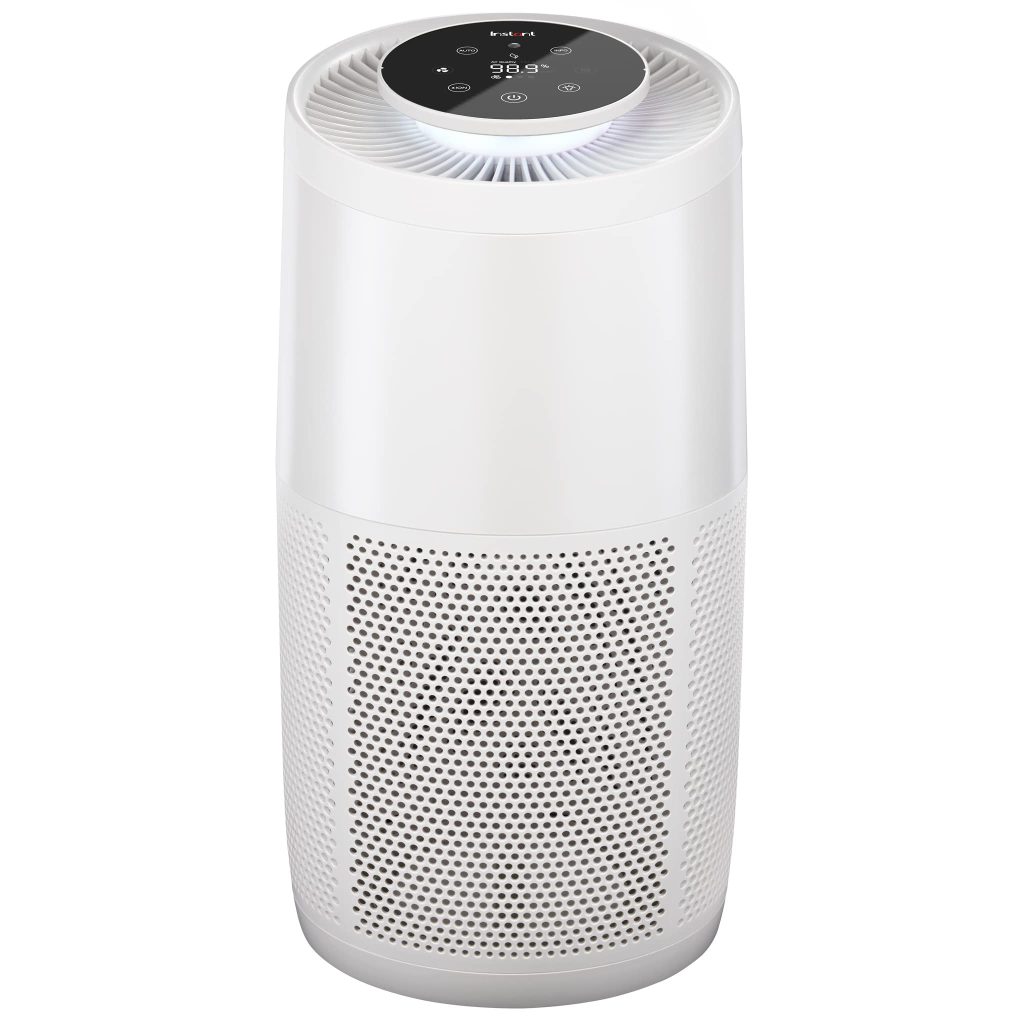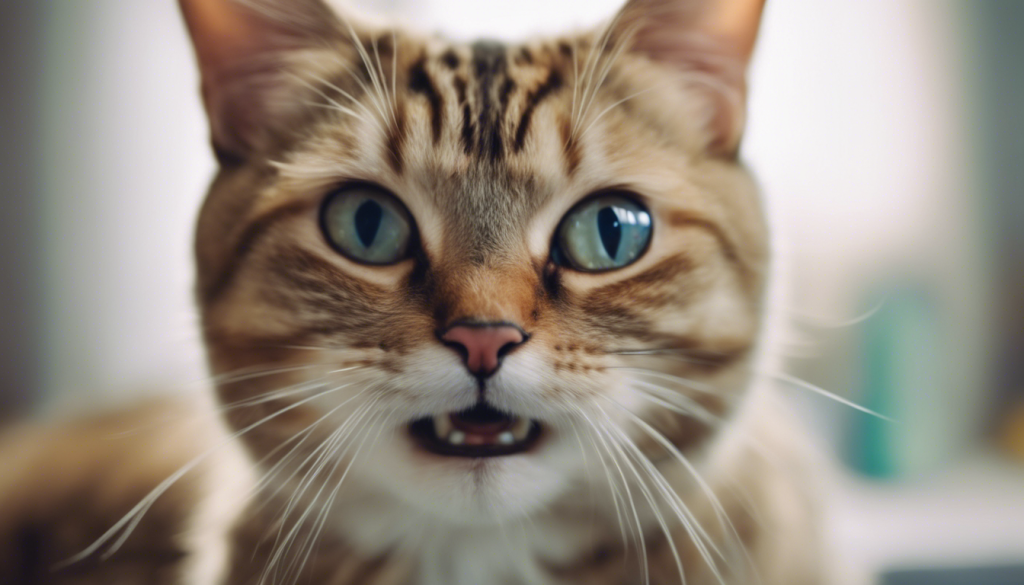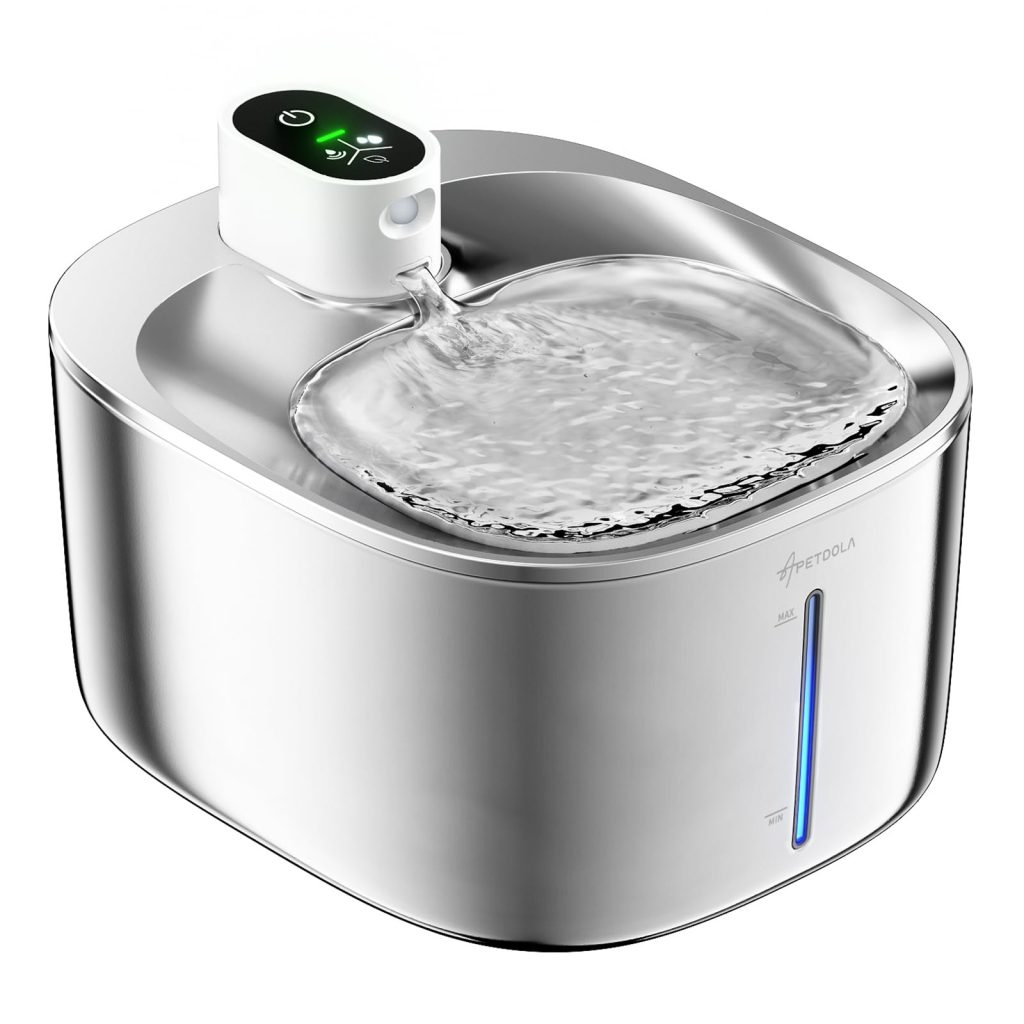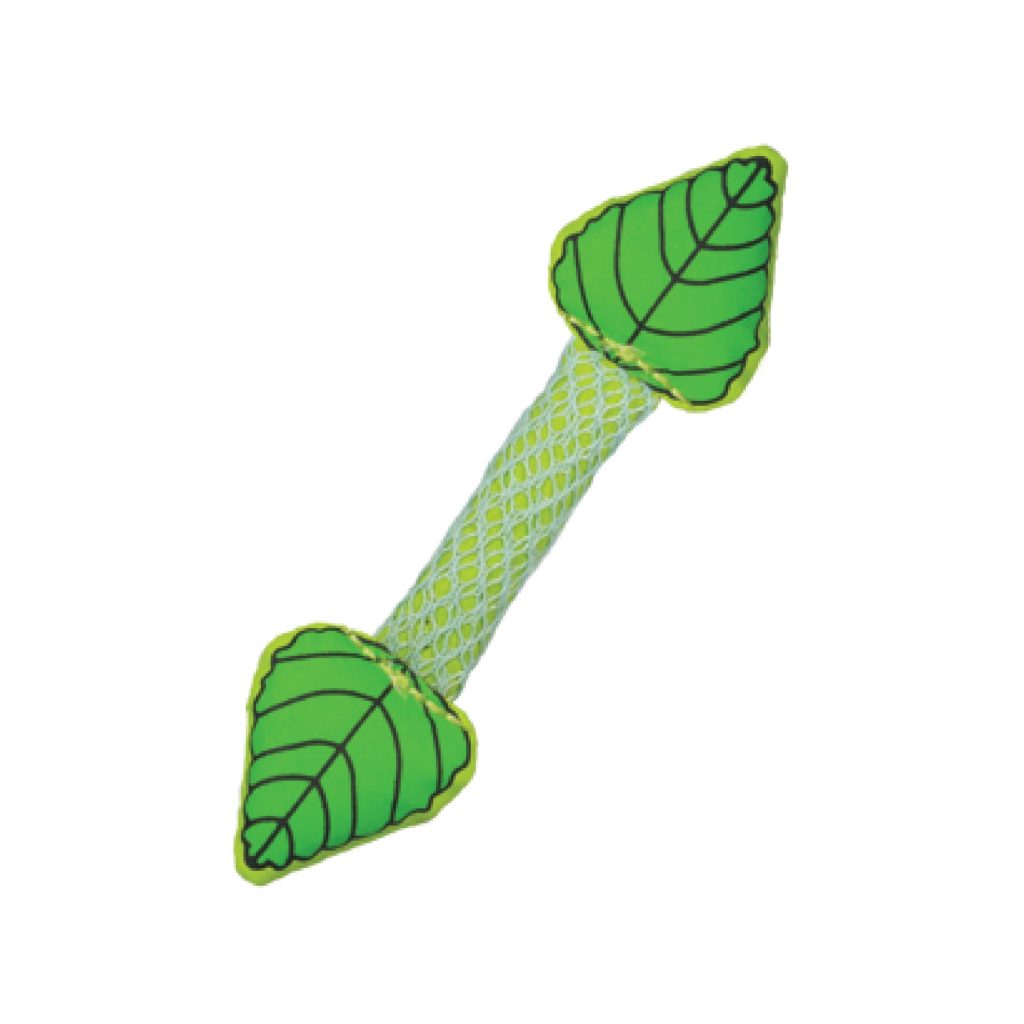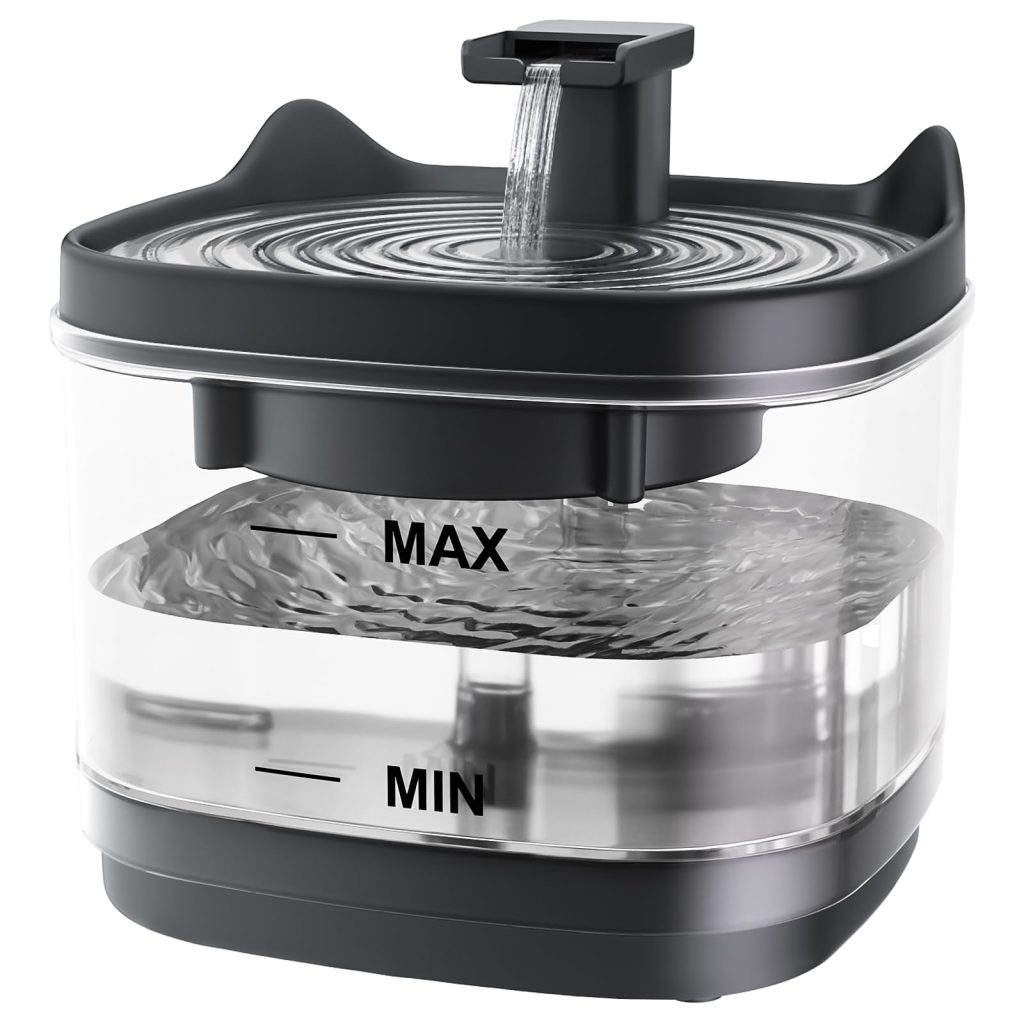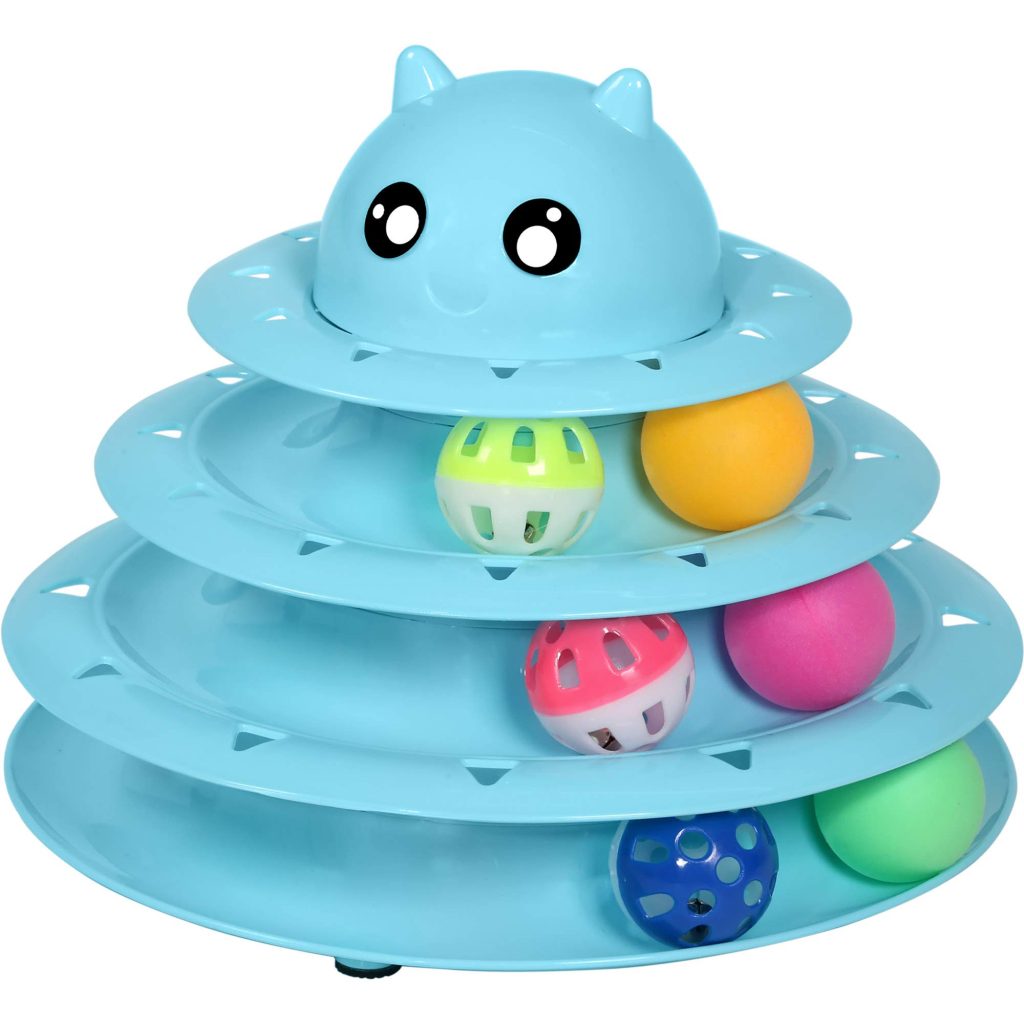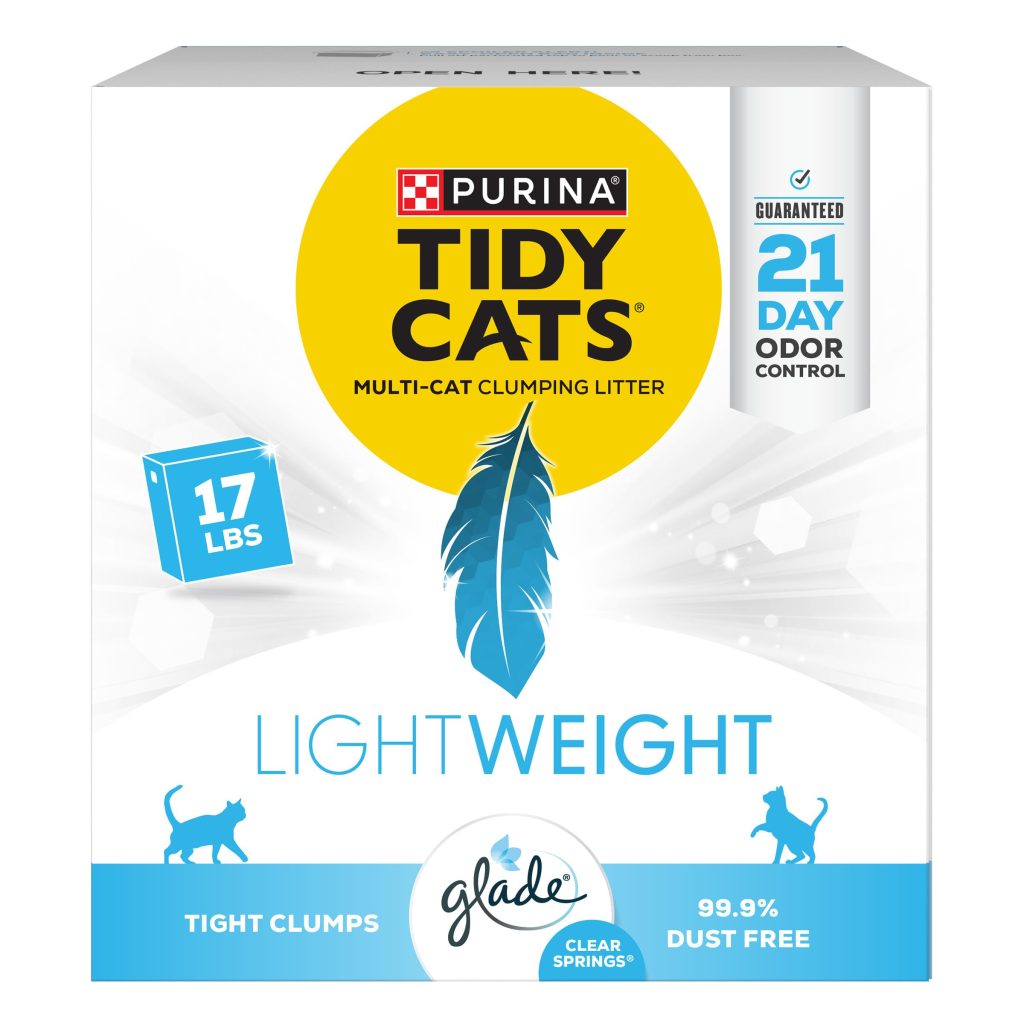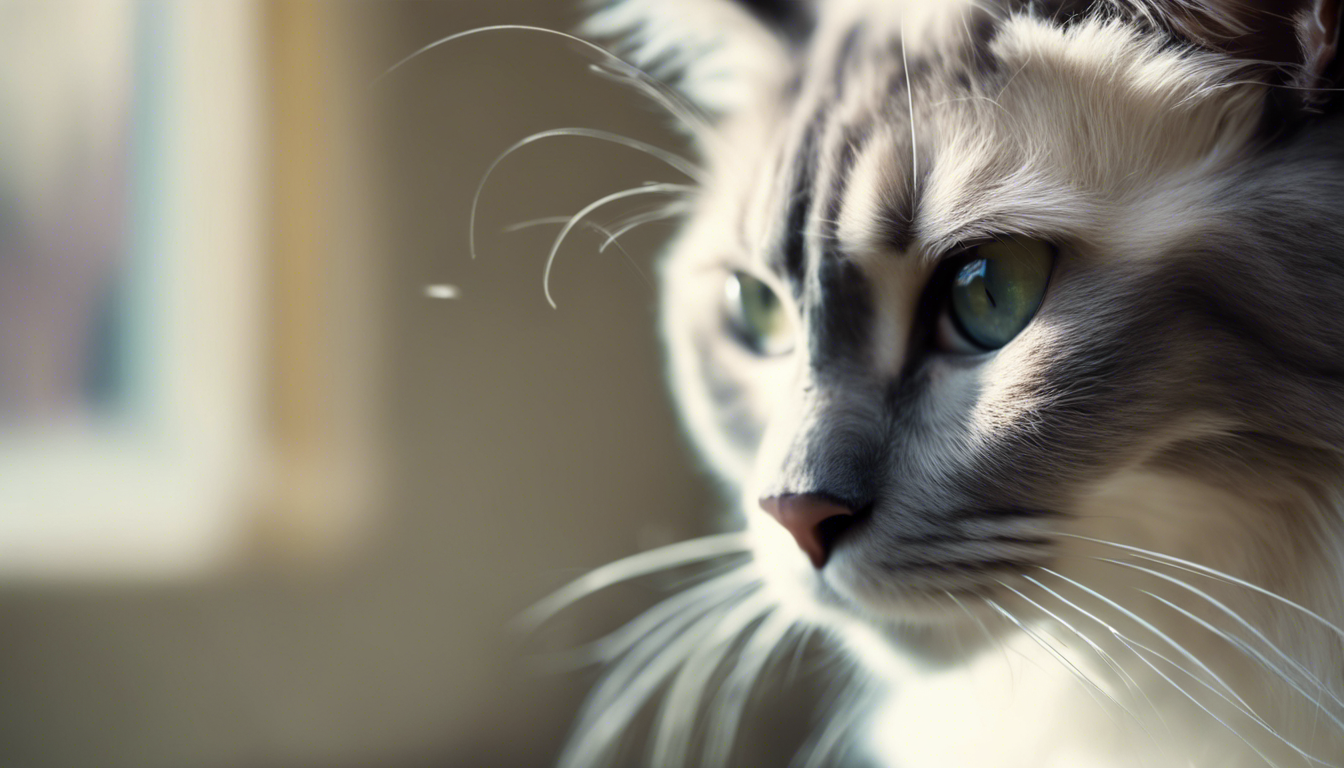
Ragdoll Cats: Traits, Strengths, Weaknesses, and Care Guidelines
Ragdoll cats, known for their striking blue eyes and docile temperament, are a popular breed among cat enthusiasts. These large, gentle felines are adored for their affectionate nature and beautiful appearance. In this article, we will explore the breed-specific traits, strengths, weaknesses, and provide essential care guidelines for Ragdoll cats.
Breed-Specific Traits
Ragdolls are known for their unique physical attributes:
- Size: Ragdolls are large cats, with males weighing between 15-20 pounds and females ranging from 10-15 pounds.
- Coat: Their semi-longhair coat comes in various patterns and colors, such as seal, blue, chocolate, lilac, flame, cream, and tortoiseshell.
- Eyes: One of the most captivating features of Ragdolls is their striking blue eyes.
Temperament
Ragdolls are known for their calm and gentle demeanor:
- Docile Nature: Ragdolls are exceptionally relaxed and tend to go limp when picked up, hence the name “Ragdoll.” They enjoy being held and cuddled.
- Sociability: These cats thrive on human companionship and get along well with children, dogs, and other cats, making them a fantastic addition to families.
- Talkative: While not as vocal as some other breeds, Ragdolls are known to communicate with soft, gentle meows.
Strengths and Weaknesses
Ragdolls have unique strengths and weaknesses that should be considered before bringing one into your home:
- Strengths:
- Gentle and affectionate nature makes them ideal for families with children or other pets.
- Less likely to scratch or bite due to their laid-back temperament.
- Adaptable and easily adjust to new environments and routines.
- Weaknesses:
- Ragdolls are prone to obesity, so careful monitoring of their diet and exercise is important.
- The long fur requires regular grooming to prevent matting and hairballs.
- Indoor cats by nature, Ragdolls might struggle with life outdoors and must be protected from potential dangers.
Care Guidelines
To ensure your Ragdoll’s overall health and well-being, consider the following care guidelines:
- Exercise: Although not as energetic as some breeds, Ragdolls still require regular exercise to prevent obesity. Interactive play sessions and providing scratching posts or climbing trees can help them stay active.
- Grooming: Ragdolls have a plush coat that requires regular grooming. Brushing them at least twice a week can prevent matting. Additionally, regular nail trims, ear cleaning, and dental care are essential.
- Diet: Be mindful of your Ragdoll’s diet to prevent obesity. Consult with your veterinarian to determine the appropriate portion sizes and choose high-quality cat food that meets their nutritional needs.
- Health Issues: Ragdolls are generally healthy cats, but they may be prone to certain genetic conditions such as hypertrophic cardiomyopathy (HCM) and polycystic kidney disease (PKD). Regular veterinary check-ups are important to detect any potential health issues early on.
In conclusion, Ragdoll cats are wonderful companions that bring joy and love to any household. Their calm temperament, affectionate nature, and striking appearance make them a popular choice among cat lovers. By understanding their breed-specific traits, strengths, weaknesses, and following proper care guidelines, you can ensure your Ragdoll’s happiness and well-being for years to come.
